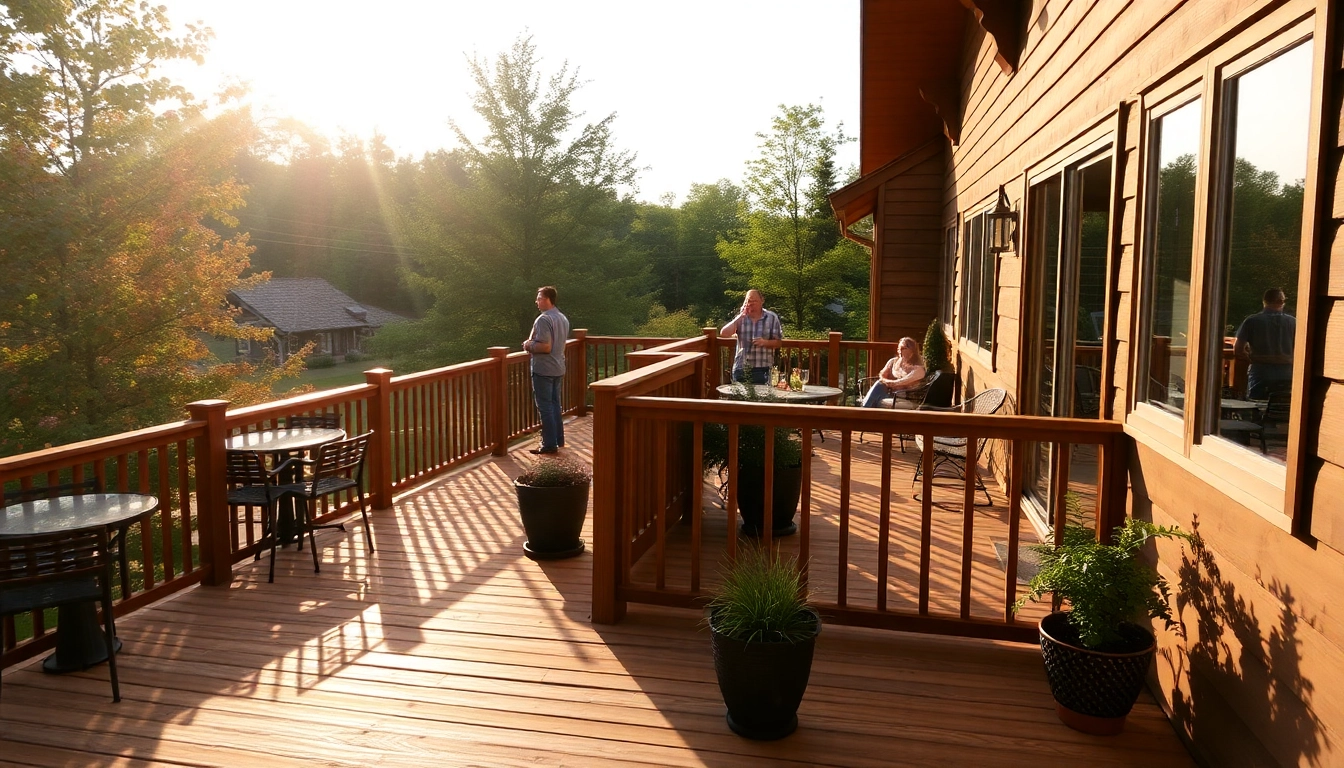Understanding Hotel Room Wardrobes
What is a Hotel Room Wardrobe?
A hotel room wardrobe is a designated space within a hotel guest room for hanging clothing and storing personal items. Designed for both functionality and aesthetic appeal, these wardrobes often blend seamlessly with the overall decor of the room while providing a practical solution for guests. Typically featuring doors for privacy, a hotel room wardrobe can come in various materials and styles, catering to diverse guest needs and preferences. The concept is integral to creating a welcoming environment for travelers, allowing them to unpack and feel temporarily at home.
Importance of Wardrobes for Guest Experience
The presence of well-designed hotel room wardrobes significantly enhances the overall guest experience. When travelers arrive at a hotel after a long journey, one of the first things they seek is a place to store their belongings. A thoughtfully included wardrobe not only serves this utility but also impacts the perceived quality of the room. Elements such as size, arrangement, and additional features like luggage racks or personal safes can greatly influence a guest’s satisfaction. A positive first impression lays the groundwork for memorable stays, prompting guests to return.
Types of Wardrobes Available
Hotel room wardrobes come in various types, each catering to different styles and functionalities. Common options include:
- Standard Wardrobes: These are traditional, built-in units with hanging space, shelves, and sometimes a few drawers. They fit well in almost any décor.
- Walk-In Closets: Larger hotels may offer deluxe rooms with walk-in closets that provide ample storage space for long stays and additional amenities.
- Modular Wardrobes: These are customizable units that can be adjusted based on the room size and layout, often featuring various compartments.
- Open Wardrobes: increasingly popular in modern hotel designs, these do not have doors, allowing easy access and a more open feel.
Design Trends in Hotel Room Wardrobes
Modern Aesthetics and Functionality
Today’s hotel wardrobe designs often prioritize modern aesthetics while ensuring functionality. Sleek lines, minimalistic styles, and high-quality finishes are common in contemporary settings. Interior designers now use creative materials such as wood, metal, and glass to provide a blend of durability and style. Furthermore, incorporating smart technology, like built-in lighting or integrated charging stations, can elevate the user experience while catering to the tech-savvy traveler.
Sustainable Materials in Wardrobe Design
As environmental awareness grows, sustainability has become a critical consideration in hotel furniture design. Many manufacturers are responding to this demand by using eco-friendly materials that not only reduce environmental impact but also enhance the aesthetic appeal of hotel wardrobes. Bamboo, reclaimed wood, and recycled metals are popular choices, offering unique designs while promoting sustainability. Managing this balance allows hotels to project a forward-thinking brand image and attract eco-conscious travelers.
Multifunctional Wardrobes for Effortless Style
Multifunctional wardrobes are trending due to the increased emphasis on utility and space-saving solutions in hotel design. These include areas designated for hanging clothes, but also creative features such as integrated shelving, built-in mirrors, and compartments for shoes or accessories. Hotel Room Wardrobes that serve multiple purposes help maximize space in smaller guest rooms, ultimately enhancing guest comfort.
Choosing the Right Wardrobe for Your Hotel
Key Considerations for Size and Layout
Selecting the right wardrobe size and layout involves a careful assessment of available space, guest demographics, and expected occupancy rates. For instance, luxury hotels might prioritize larger wardrobe units that offer ample storage for extended stays, whereas budget establishments can focus on efficient designs fitting small rooms. The layout should facilitate easy access while considering common guest behaviors—ensuring items are neatly organized yet easy to reach is paramount.
Budget-Friendly vs. Luxury Options
Cost is an inevitable factor in your selection process. Hotels can find budget-friendly options that fulfill guest requirements without excessive expenditure, such as pre-fabricated wardrobes. High-end hotels, however, may wish to invest in bespoke furniture that manifests their luxury branding. Quality should never be sacrificed for cost—assessing both affordability and durability can yield excellent long-term value.
Integrating Wardrobes with Room Decor
The aesthetic coherence of a hotel room can be significantly enhanced by choosing wardrobes aligned with the room’s overall decor. Factors such as color schemes, style themes, and other furniture elements must harmonize to create an inviting atmosphere. Collaborating with skilled decorators to create bespoke designs can produce unique furniture that complements the hotel’s branding while also providing practical storage solutions.
Maintaining Hotel Room Wardrobes
Best Practices for Upkeep and Repair
To extend the life of hotel wardrobes, regular maintenance is crucial. This involves cleaning surfaces, monitoring hardware, and addressing any signs of wear promptly. Implementing a scheduled maintenance schedule ensures that minor issues do not escalate into more significant repairs, thus avoiding disruptions for guests and ensuring a pristine room presentation. Staff training on effective cleaning techniques and prompt repair reporting is essential for successful upkeep.
Ensuring Longevity with Quality Materials
Choosing robust materials contributes significantly to the longevity of hotel wardrobes. While aesthetics are important, the selected materials should withstand frequent use and remain stylish over time. Solid woods, high quality finishes, and durable metal fittings offer resilience against the rigors of occupancy. Consulting with furniture experts on material selection can ensure that the chosen wardrobes provide value in both function and form.
Guest Interaction: Tips for User-Friendly Features
Wardrobes should be intuitive and user-friendly for guests of all backgrounds. Employing features such as adjustable shelves, removable drawers, and clever lighting can enhance convenience. A well-placed golf umbrella holder and hooks for accessories or bags can provide additional functionality while emphasizing guest comfort. Providing clear organization within the wardrobe also helps guests locate their belongings quickly, creating a seamless experience during their stay.
Case Studies: Successful Hotel Wardrobe Implementations
Innovative Wardrobe Solutions in Luxury Hotels
Luxury hotels have adeptly embraced innovative wardrobe designs as a component of their holistic guest experience. For example, the Four Seasons Hotel in New York features state-of-the-art smart wardrobes with integrated lighting and access to power outlets. This approach caters perfectly to modern travelers who expect technology to coexist with comfort. Moreover, unique, handcrafted wardrobes enhanced with leather accents have contributed to a distinctive sense of place, with many guests sharing their favorable experiences on social channels.
Guest Feedback: What Works Best?
Insights from guest feedback reveal that storage solutions with thoughtful design elements tend to enhance satisfaction. Guests have highlighted the importance of including ample hanging space, drawers for smaller items, and even space for larger suitcases. Wardrobes designed to facilitate easy organization and access help guests unpack and settle into their temporary home, thereby increasing the likelihood of repeat visits. Surveys highlighting guest preferences can guide future wardrobe designs and ensure alignment with their expectations.
Future of Hotel Room Wardrobes in Hospitality Design
The future of hotel room wardrobes is increasingly focused on personalized experiences and technological integration. As the hospitality industry continues to evolve, trends toward smart furniture solutions that adapt to individual guest needs will grow. Implementing trends like biometric security features or automated organization principles may revolutionize how hotel wardrobes function. Exciting advances in material technology that support sustainability will also shape the future of wardrobe design, making them more eco-friendly without sacrificing style.


